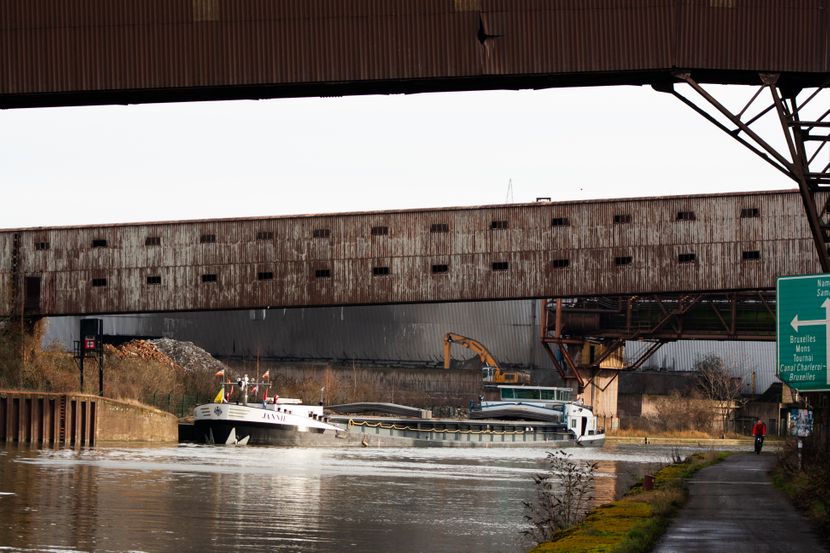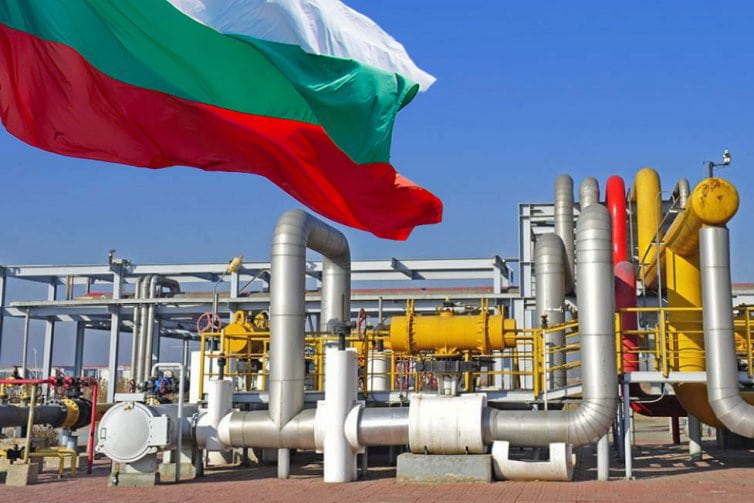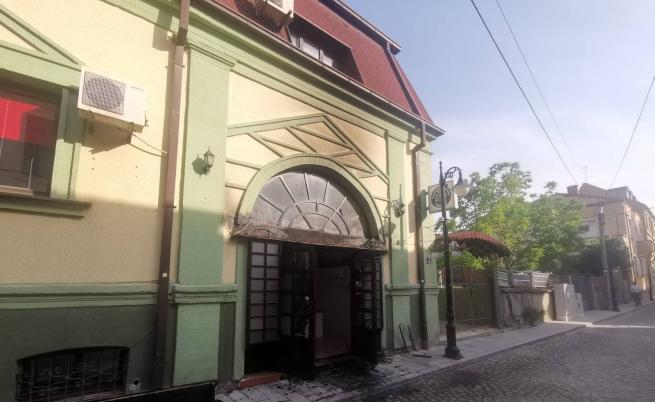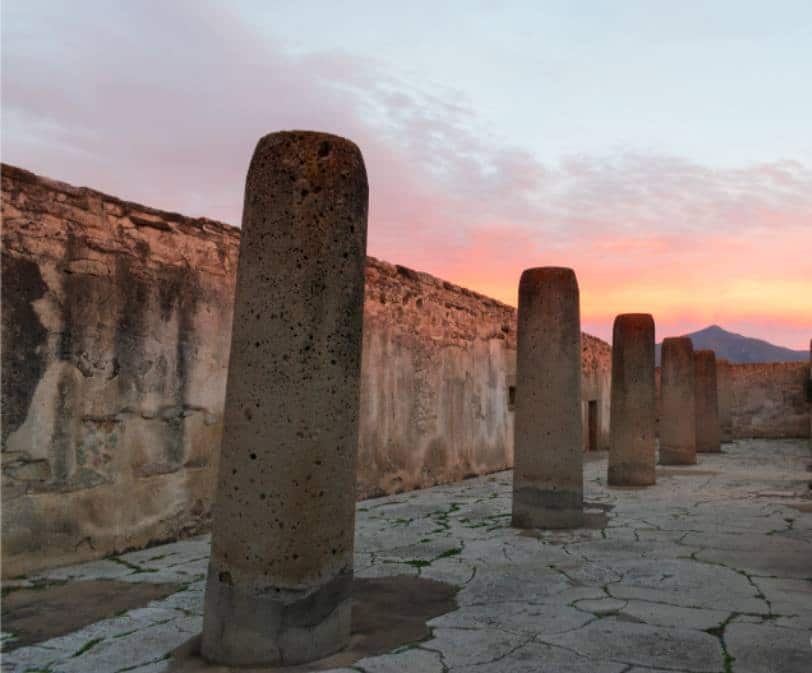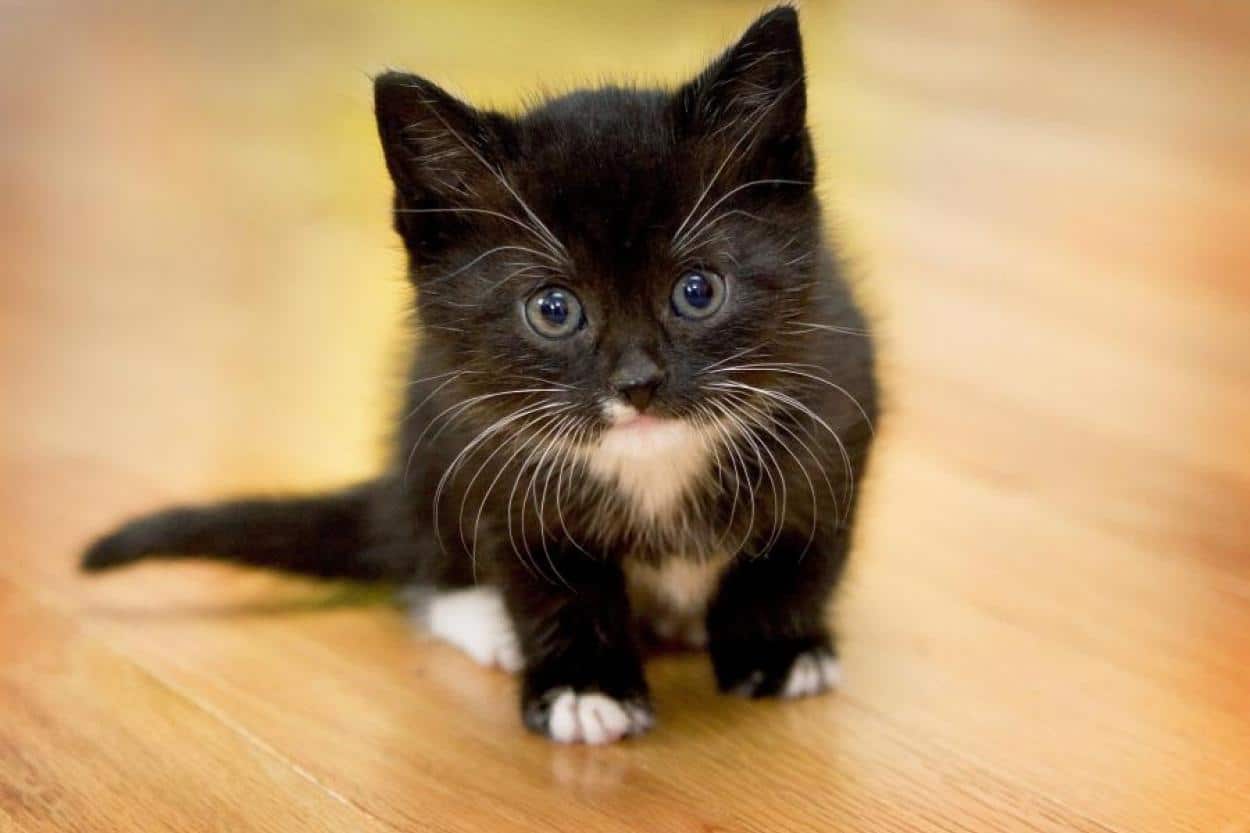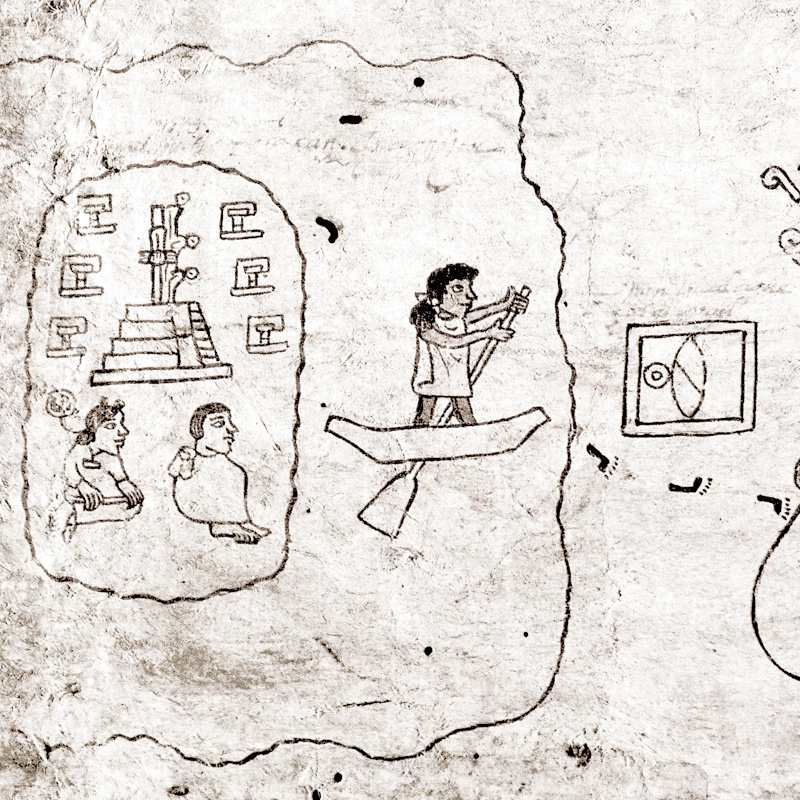It all started about 10 years ago, when a Dutch newspaper described the Belgian city of Charleroi as “the ugliest city in the world”:
The Belgian city of Charleroi, after the collapse of the industry and lack of financial resources, was left to fend for itself. Trains have also stopped running in this part of the country.
Charleroi, a city of 200,000 people just 64 km south of Brussels, is known for its housing estates and crumbling factories. Abandoned factories and aircraft wreckage predominate in the city, there are no people at the stations and there is a lot of graffiti.
According to a report by the humanitarian organization Maptia, which cares for the world around us and focuses on the problems, two mayors of the city recently had to resign after getting involved in financial scandals.
Two to five subway lines were designed to serve the city and were never completed. The empty stations now serve as a breeding ground for vandals, self-proclaimed graffiti artists and drug addicts.
Despite these images of the city, the past looked different. The coal and steel industries in this city were the object of industrial envy in Europe. Belgium had the second longest rail network on the continent after Britain. But in the 1990s, the shortage of coal and steel marked the beginning of the end, and the financial crisis hit hard.
However, there was a turnaround
It all started 10 years ago, when a Dutch newspaper described the city as “the ugliest city in the world”. The townspeople didn’t like it either, and they didn’t want to admit it. Other media outlets joined the chase, and writings about the depressed city grew day by day.
However, as the old saying goes, “every advertisement is a good advertisement”, tourists after a few bad texts about the city began to come and visit it.
The locals greeted them ready. They decided to use the moment and the “epithet” of their city and used it, so they started to develop a kind of exotic and absurd tourism.
The former ghost town is now more “alive”, dangerous areas are now more tame pedestrian paths, the streets are new asphalt, buildings and shopping centers have begun to be built.
Local artist Nicolas Buisart organized a “city safari”, which took guests to the empty metal factories, walking with them on the most depressed street in Charleroi. Abandoned factories serve as a platform that gives a wide view of the city.



